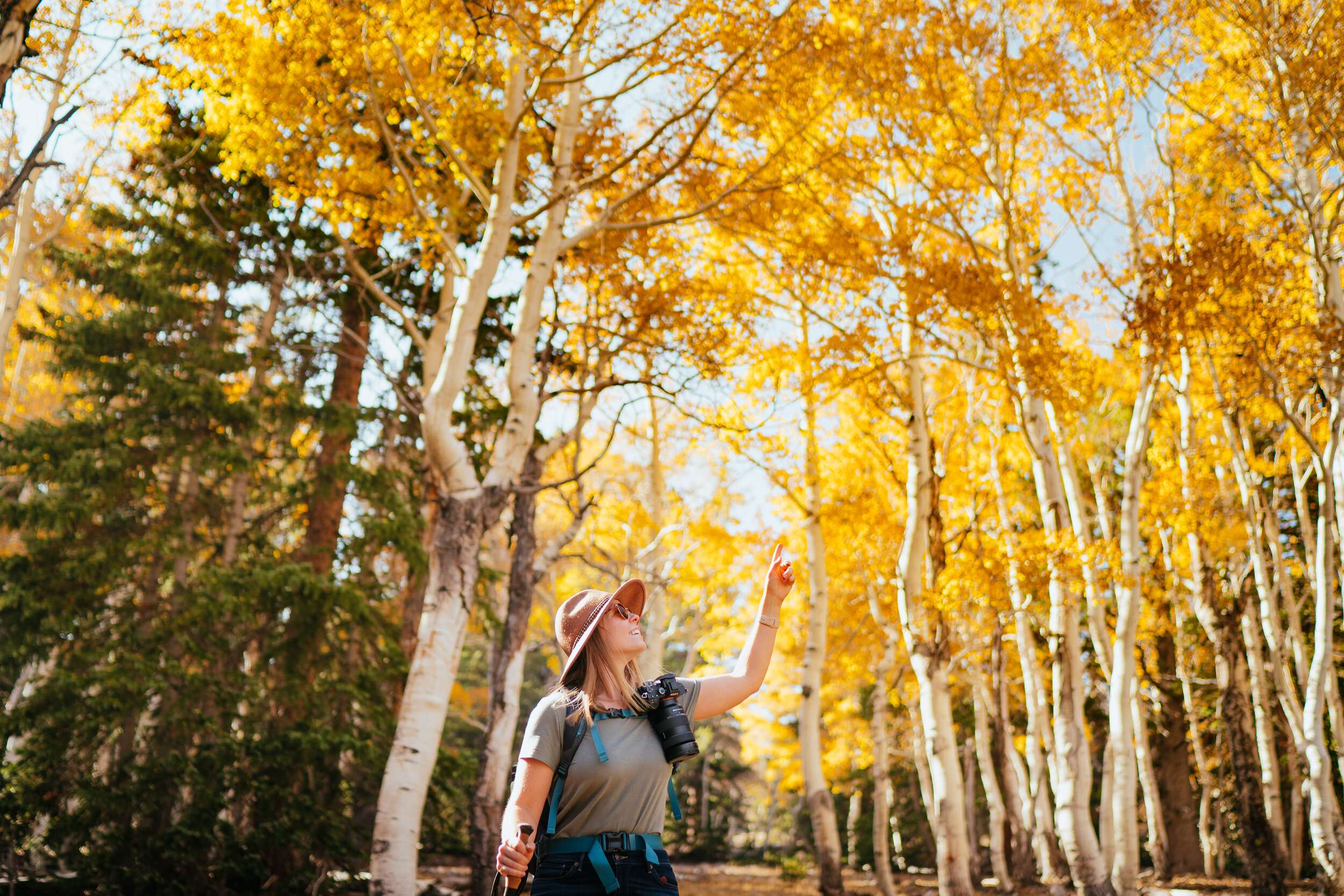10 TIPS to Know BEFORE Visiting Great Basin National Park
Great Basin National Park doesn’t get the notoriety that it deserves. It is a national park that has its card stacked up against each other. It’s in the middle of nowhere with the closest decent sized town (Ely, NV) being an hour drive away. It’s a relatively small park (121 mi²) compared to its much more popular siblings like Yosemite (1,169 mi²), Yellowstone (3,471 mi²), and Death Valley (5,270 mi²). It’s a park with very few easy-to-view “attractions” that would warrant the drive out to the far north eastern corner of Nevada.
Even though the cards are greatly stacked against visiting the Great Basin, its few offerings do make the drive out worth the time and effort. There is, quite literally, no where else to be able to get right up to some of the oldest living (and non-living) lifeforms on Earth.
Here our ten tips to make the visit a little easier and more enjoyable:
1. Plan to arrive and stay at the park a FULL DAY before actually doing any of the park’s activities. The major three hikes you want to be doing start at 10,000 ft in elevation: The Alpine Lakes trail, The Bristlecone Pine Grove trail to Glacier Rock, and the Wheeler Peak trail. Altitude sickness can come quick for those that aren’t prepared or those that are brimming with too much confidence. Spending a day at the park’s campgrounds, which can be found around 7,000 -7,500 ft in elevation, are wonderful places to get acclimated to the altitude.
2. Plan to have all your food and day-to-day supplies BEFORE arriving to the park. There are very few, to no amenities, in the town, Baker, closest to Great Basin. There is an incredibly small store at the Stargazer Inn stocked with very few things. If you want to have proper food, stock up on everything you need before coming to the park. The closest well stocked grocery store is in Ely, NV. If you’re feeling a little lazy to cook every meal at camp, there are two restaurants you can choose from: the Great Basin Cafe, and Kerouac's.
3. There’s little to no cell signal in the town of Baker, or in the park itself. Prepare your out-of-office email replies well beforehand. There is decent 3G at the top of the park, at the park’s campgrounds, or in the town of Baker itself. You can send and receive text messages or emails, but don’t expect to be able to do much else with it. WIFI is only available to those that are staying at the Stargazer Inn.
4. The park’s official campgrounds are wonderful to stay at. They’re clean, quiet, and beautiful places. The bathrooms are cleaned and stocked every day. Definitely worth the $15 a night charge so you don’t have to worry about finding a new site each night.
5. Be prepared to deal with mice when staying at the park’s campgrounds. Well developed campgrounds are a breeding ground for mice due to the continued presence of humans, and human food at all times. If you have an RV or adventure truck/van, BRING MOUSE TRAPS before arriving. These cute little buggers will somehow find a way into your rig and munch away at your favorite dark chocolate peanut butter cups in no time flat!
6. Great Basin National Park has no entrance fee! It felt strange to roll up to a national park to not be greeted by a friendly ranger. The park sees so few yearly visitors that there’s no need for an entrance fee. Instead, go to the main visitor’s center down in Baker, buy some nick-nacks, and make a donation to the Nation Park Service. They need every dollar they can get.
7. There’s tons of public land surrounding the park. So if you prefer to boondock/primitive camp instead of paying for a campsite in the park, do your research before arriving. Google maps is your friend.
8. There’s pros and cons visiting the park in the fall season. The pro will always be the fall colors from the aspen trees all over the park. Hiking down the Alpine Lakes trail and stumbling upon a grove of beautifully yellow and orange Aspen trees is an experience that will never get old. The downside to the fall colors is that the two lakes in the Alpine Lake trail will be significantly small due to it being the end of the dry season. The other downside is that the peaks of the parks themselves will have little to no snow on them. If you prefer to be wowed by snow covered peaks, visit the park in the late spring. Lakes will be full, trees will be green, and mountains will still have a good dusting of winter on them.
9. Seeing Bristlecone Pines in person is an otherworldly experience. Go see them. You’re driven all this way to the National Park, so go see the longest-lived life forms on this planet. Standing next to a nearly 5,000 year old living tree really makes you think.
10. Bring a “reward snack” when you get to the top of the Glacier Rock trail. For those not-so-accustomed to hiking at elevation (like us), the hike up to Glacier Rock could be a huff-and-puff challenge. We always pack a plethora of snacks as a reward for getting to the finishing point of a hike. You know, the usual stuff: granola bars, beef jerky, gummi bears, and deli aisle pizza.

















To save you that hassle of endlessly scrolling and reading reviews on Amazon, here’s 11 different camp kitchen items we actually use on a day-to-day basis whenever we’re traveling our of our Land Cruiser Troopy.